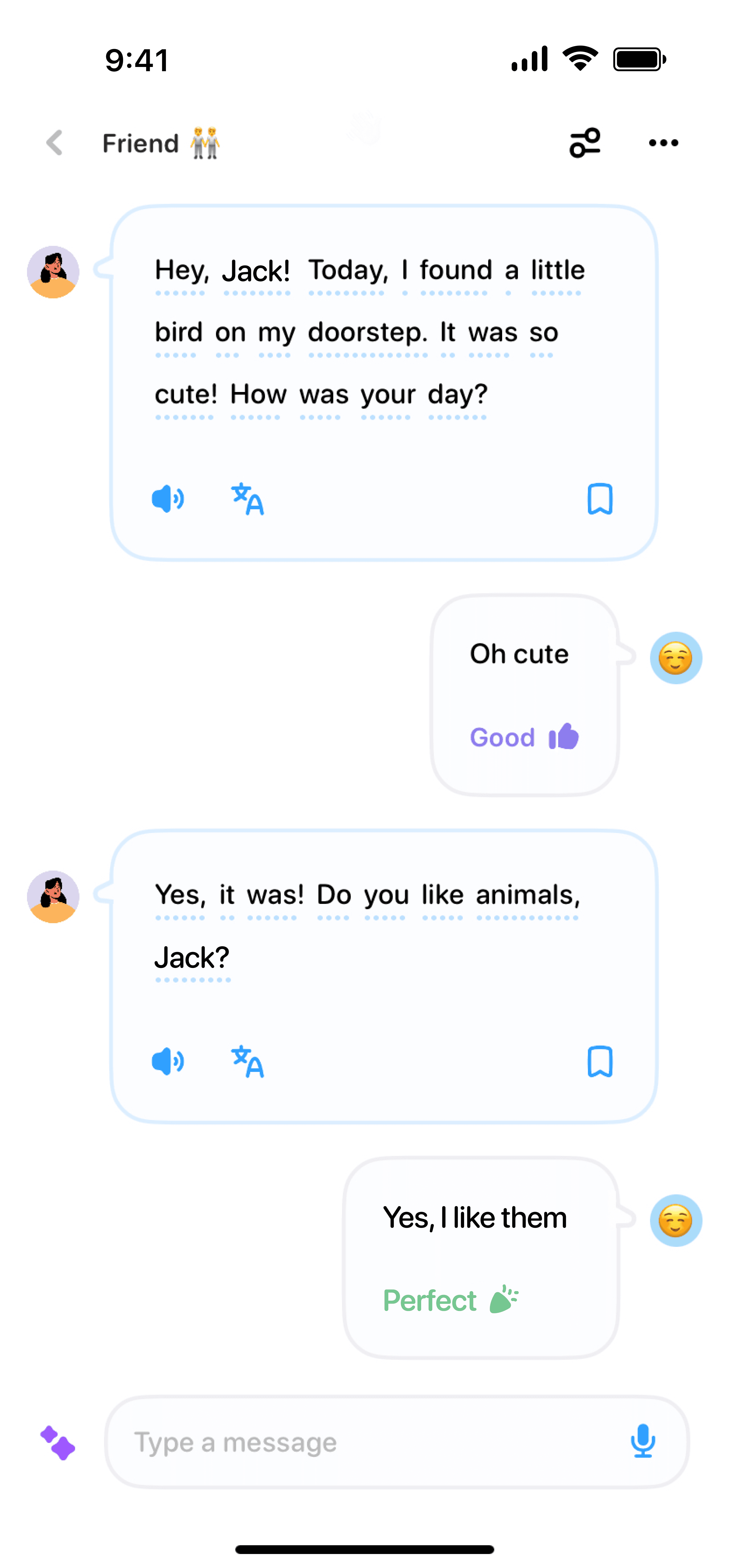06/12/2024
·
Emma Robbie
Learning a new language can be an amazing journey, and if you're just starting to dive into Spanish, you're in for a treat! The phrase "I was learning in Spanish" is a great way to kick off your conversation skills and practice tenses. Here’s a beginner’s guide to help you navigate this exciting path.
Understanding the Basics
Before you start saying "I was learning in Spanish," it's essential to grasp some basics. Spanish, like English, has different verb tenses that convey different times and actions. The past tense, known as the imperfect tense when talking about ongoing actions in the past, is what you'll use to say "I was learning."
Conjugating the Verb "Aprender"
In Spanish, "aprender" means "to learn." For the phrase "I was learning," you will need to use its imperfect form. Here's how you do it:
Yo estaba aprendiendo - I was learning
Note the use of "estaba," which is the imperfect tense of "estar" (to be), combined with the gerund form "aprendiendo" (learning). This structure is vital for forming sentences about what you were doing in the past.
Making Your Statement More Natural
Once you have the basic structure, you can start personalizing your phrases. Here are a few examples to make your learning sound more authentic:
Yo estaba aprendiendo español con mi amiga. - I was learning Spanish with my friend.
Yo estaba aprendiendo a cocinar platos españoles. - I was learning to cook Spanish dishes.
Yo estaba aprendiendo sobre la historia de España. - I was learning about the history of Spain.
Practical Tips to Keep Practicing
Here are some practical tips to keep "I was learning in Spanish" part of your daily practice routine:
1. Use a Language App
Apps like Duolingo, Babbel, or Memrise can help reinforce what you're learning. They provide structured lessons and daily reminders to practice.
2. Watch Spanish Shows or Movies
Streaming platforms offer a plethora of Spanish-language shows and movies. Turn on subtitles in English at first, but try to switch to Spanish subtitles as you progress.
3. Practice with a Partner
Find a language exchange partner who is fluent in Spanish. You can use platforms like Tandem or even local Spanish-speaking communities to find someone to practice with.
4. Keep a Journal
Write daily entries in Spanish about what you're learning. Even simple sentences like "Hoy estaba aprendiendo sobre verbos" (Today I was learning about verbs) can be incredibly beneficial.
Common Mistakes to Avoid
Everyone makes mistakes when learning a new language, but being aware of common pitfalls can save you time and frustration:
Overcomplicating Tenses: Stick to simpler phrases initially. As you become more comfortable, you can explore more complex structures.
Ignoring Pronunciation: Spanish pronunciation is quite different from English. Pay attention to accent marks and practice regularly to avoid misunderstandings.
Not Practicing Consistently: Consistency is key in language learning. Aim to practice a little bit every day, even if it’s just for a few minutes.
Celebrate Your Progress
Learning a new language is a significant achievement. Celebrate your milestones, whether it's forming a simple sentence or holding a basic conversation. Keep practicing and remember that every step forward is progress.
So, go ahead and say it loud: "Yo estaba aprendiendo español." You are on the right path, and with dedication, you'll gain fluency in no time!



